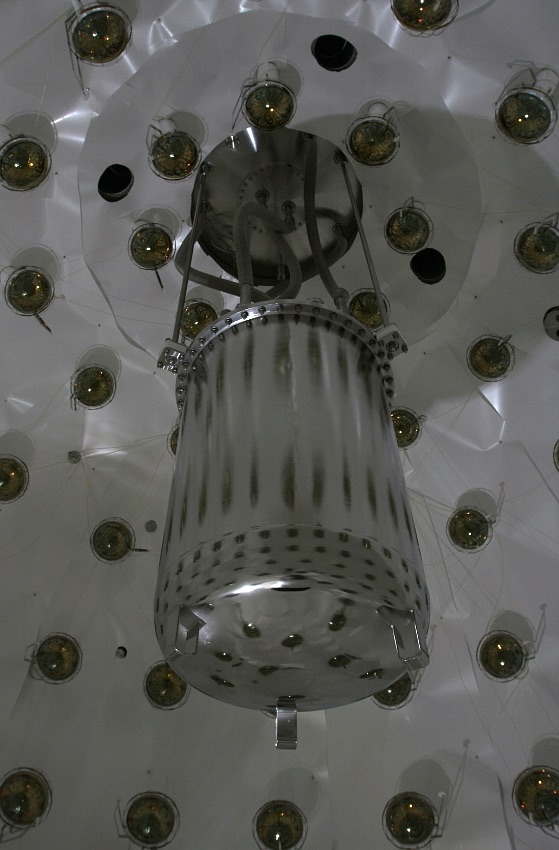 The existence of dark matter is now established from different gravitational effects, but its nature is still a deep mystery. One possibility motivated by other considerations in elementary particle physics is that dark matter consists of new undiscovered elementary particles. Axions and Weakly Interacting Massive Particles (WIMPs) are possible candidates. A leading candidate explanation, motivated by supersymmetry theory, is that dark matter is composed of as-yet undiscovered Weakly Interacting Massive Particles (WIMPs) formed in the early universe and subsequently gravitationally clustered in association with baryonic
The existence of dark matter is now established from different gravitational effects, but its nature is still a deep mystery. One possibility motivated by other considerations in elementary particle physics is that dark matter consists of new undiscovered elementary particles. Axions and Weakly Interacting Massive Particles (WIMPs) are possible candidates. A leading candidate explanation, motivated by supersymmetry theory, is that dark matter is composed of as-yet undiscovered Weakly Interacting Massive Particles (WIMPs) formed in the early universe and subsequently gravitationally clustered in association with baryonic
Evidence for new particles that could constitute WIMP dark matter may come from upcoming experiments at the Large Hadron Collider at CERN or from sensitive astronomical instruments that detect radiation produced by WIMP-WIMP annihilations in galaxy halos. The thermal motion of the WIMPS comprising the dark matter halo surrounding the galaxy and the earth should result in WIMP-nuclear collisions of sufficient energy to be observable by sensitive laboratory apparatus. WIMPs could in principle be detected in terrestrial experiments through their collisions with ordinary nuclei, giving observable low-energy (<100keV) nuclear recoils. The predicted low collision rates require ultra-low background detectors with large (0.1–10ton) target masses, located in deep underground sites to eliminate neutron background from cosmic ray muons. The DARKSIDE experiment is devoted to develop and operate a new liquid argon detector for WIMP detection, the first to employ a liquid argon TPC with low levels of Ar(39), together with innovations in photon detection and background suppression. The experimental acitivity is hosted by the INFN Laboratory at Gran Sasso.
People involved in this experiment: F. Budano, S. Bussino, M. De Vincenzi, I. James, S.M. Mari


